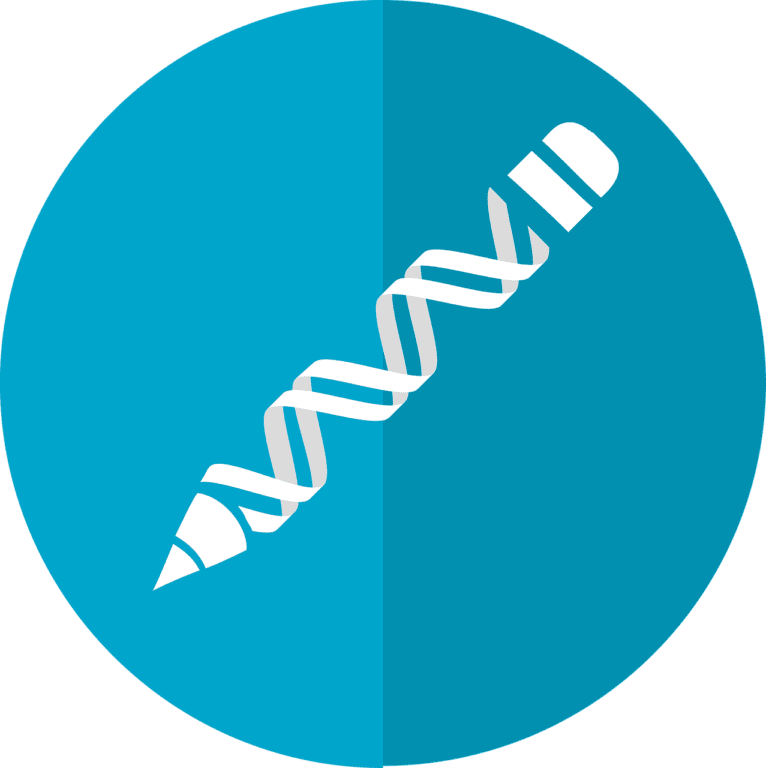As originally reported in Medical Xpress, CRISPR has been a hot conversation starter in recent years. It has been framed as gene editing made easy: cheaper and simpler than previous options. It’s different from previous gene editing tools in part because it edits the genome directly, while most add additional healthy genes into the still defective cells. This year, the first approvals have been granted in the US and Europe to make the therapies available to patients. The leaders in the field see this moment as a medical revolution. Finally gene therapies are becoming accessible and affordable, and time and effort are only making that more possible. This is a breakthrough bound to branch off into many new possibilities. While right now, there are only eight approved gene therapies mostly fighting cancers and blindness, they expect this number to exponentially increase, up to 40 in just the next two years that will address more diseases involving the eyes, nervous system, and muscles.
And so after a couple years of tweaking this and that, the first patients to be cured of their diseases via CRISPR are coming about. They’re sharing their stories.
Victoria Gray’s Story
In Tennessee, Victoria Gray was suffering from sickle cell disease, an inherited rare genetic disease that was thought to be incurable, and was expected to take her life. Since age 11, she had suffered through painful seizures. Now at 34, she received a life changing treatment that she never could have imagined 23 years prior at her diagnosis. Today, she says she can finally go out without fearing she’ll fall into a medical crisis.
To begin the CRIPSR process, she had her blood drawn from her bone marrow for a few weeks. This allowed the doctors to zero in on what exactly was causing the body to produce deformed red blood cells which was responsible for the disease, in order to design healthy cells free of mutations. They used CRISPR to find what was deformed in the stem cells that were responsible. Once located, the problem in the red blood cells could be tinkers with by the CRISPR gene editing scissors. This is what they did: they edited the cells, transfused them back into her blood flow, and voila, her stem cells created healthy blood cells, and her characteristics seizures seized. Though this is an early case, and thus there are still questions, cautiously it is said, she has been cured.
The problem with CRIPSR
CRISPR is a powerful tool, and like any other power, it has potential to be corrupted. It is hard to regulate such technology when every country has their independent rules and systems of review. There has been talk about the many uses it can be put to. It could edit out the gene for deafness for parents with the mutation, it could be used to edit entire species that carry diseases such as malaria in mosquitos. This of course, could have potentially dangerous consequences. Messing with the natural order of nature often has unintended effects ripple through the ecosystem. And tinkering with genes also isn’t fool proof- often neighbouring genes can be effected and mutate that otherwise would have been healthy.
Already we’re seeing the first spooky futuristic uses of the gene editing capabilities, in China, the scientist He Jiankui used it to make “the first gene-edited humans” creating twins in his efforts to prevent HIV- causing a chaos of criticism for this unnecessary usage that is now seen to have not only failed but also created unintended mutation. Further, now it seems his claims were intentionally false.
The fears are warranted, but for now, the potential is within grasp too. Doctors are gearing up for the next phase, as this breakthrough has endless possibilities.


